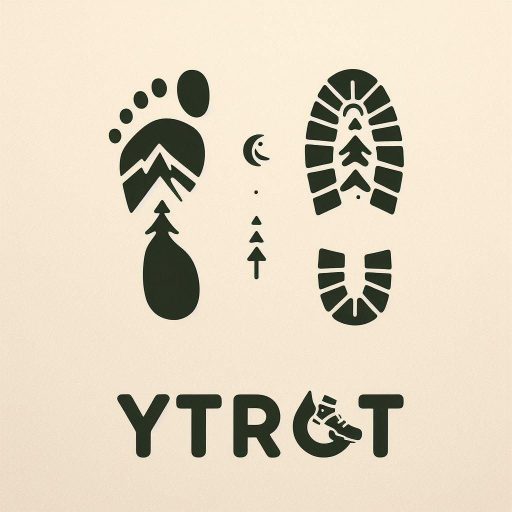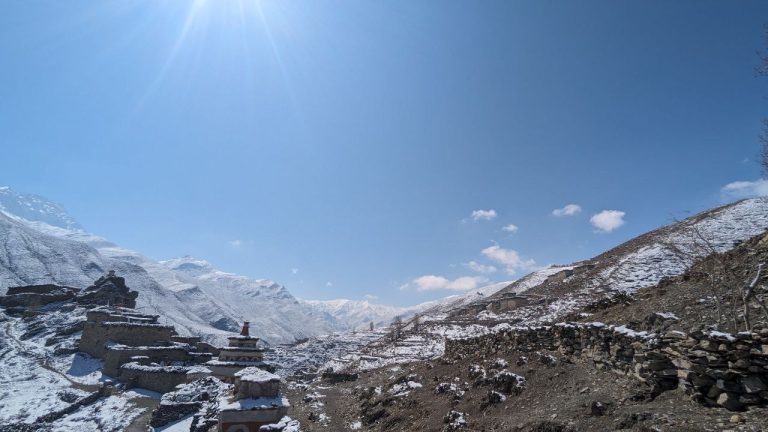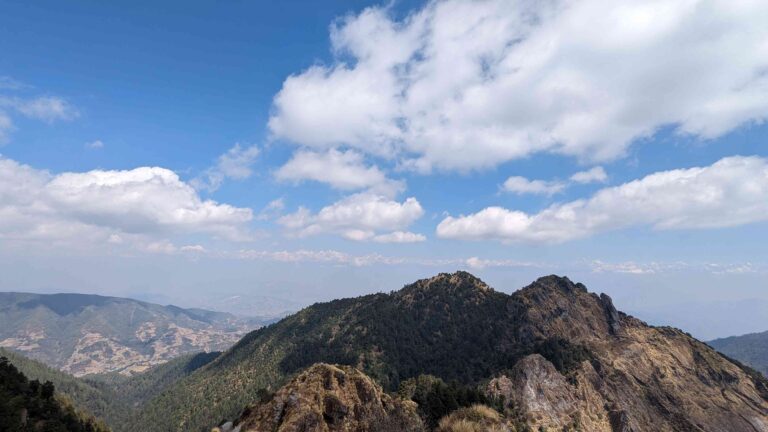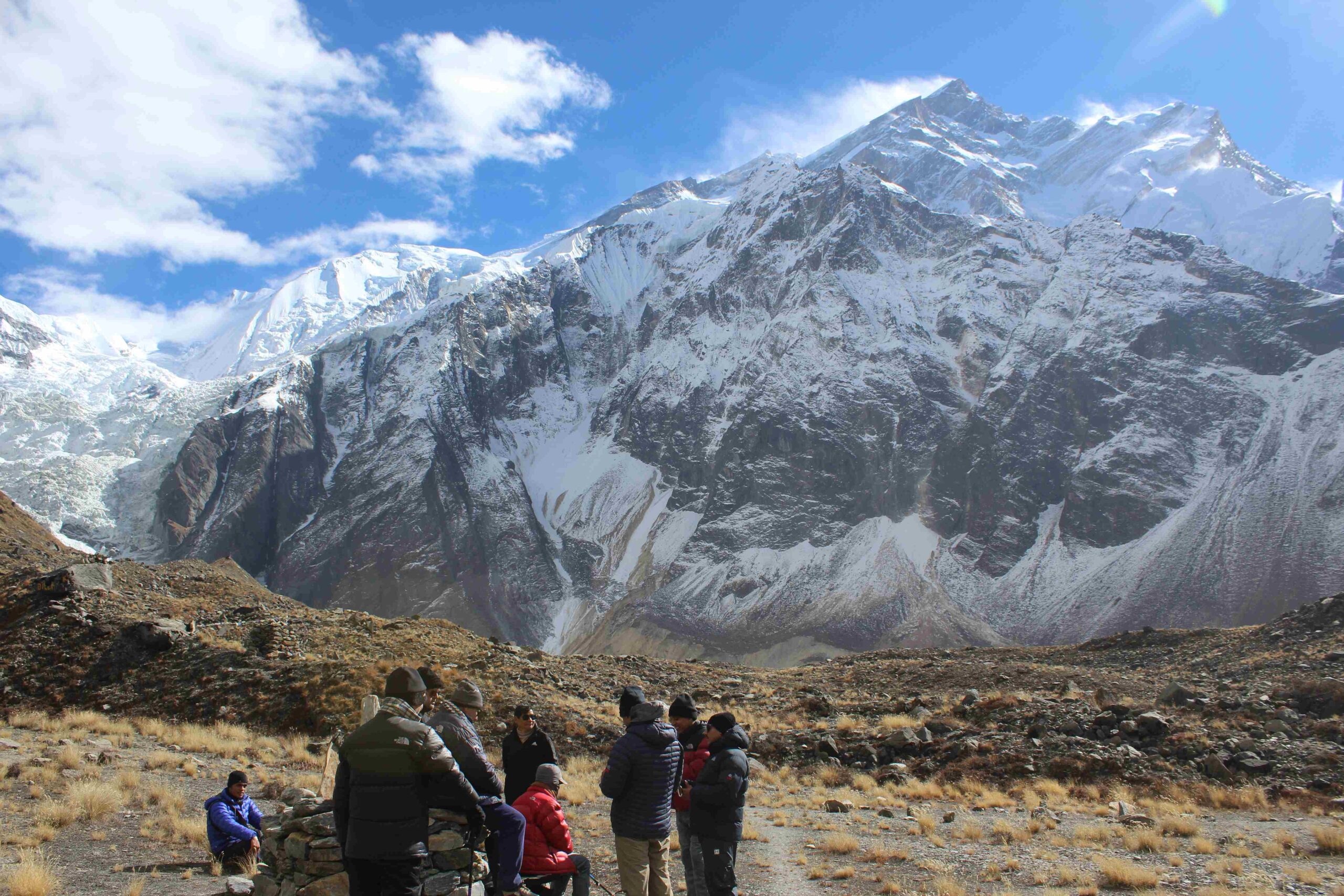Visiting cultural world heritage sites in Nepal can be educational. These locations are notable not only for their architectural and artistic splendor, but also for their historical relevance. These places are on the list of cultural world heritage sites because of their extraordinarily high universal importance. They have very high standards for importance, sincerity, and authenticity.
Heritages are legacies we inherit from the past, carry over to the present, and pass on to future generations. Cultural heritage consists of monuments and collections of artifacts. However, cultural heritages also include living expressions passed down from our ancestors, such as oral traditions, performing arts, social customs, rituals, and holiday celebrations.
Due to their high value on a global scale as distinct cultural sites, UNESCO has listed eight cultural sites in Nepal as world heritage sites.
Here we bring you the list of cultural world heritage sites in Nepal:
Lumbini
The lovely town of Lumbini, the birthplace of Lord Buddha lies in Kapilvastu area in Nepal close to the Indian border. Lumbini is one of the most significant cultural world heritage sites in Nepal as well as the whole world. A UNESCO World Heritage Site, Lumbini is home to numerous monasteries and ancient stupas that date back more than 2000 years. People visit from all over the world to this center of Buddhism in order to learn more about Buddhism, meditate, practice yoga, study the scriptures, and discover inner peace. Lumbini literally translates as “The Lovely” in Sanskrit.
Kathmandu Durbar Square
Kathmandu Durbar Square also called Basantapur Durbar and Hanuman Dhoka is a historic durbar square in the center of Kathmandu. Hanuman Dhoka was established during the Licchavi era (fourth to ninth centuries AD), and King Pratap Malla further extended the region during the seventeenth century. The square has the most historic structures, with many palaces, courtyards, and temples. It is frequently referred to as “the Museum of Temples” due to the large number of temples in the area.
The temple dedicated to Taleju Bhawani is one of the 50 temples of the area. The Durbar is divided into two courtyards. The inner half contains Hanuman Dhoka and the main palace. And, the outer section includes Kasthamandap, Kumari Ghar, and Shiva-Parvati Temple. Three generations of Shah monarchs of Nepal have each had a floor turned into a museum.
Major Attractions in Kathmandu Durbar Square
- Taleju – The Taleju Temple is the tallest of all structures, built by King Mahendra Malla in 1549 AD. This temple is open to the public for one day each year during the Dashain festival.
- Kumari Temple – The 17th century Kumari Temple, or the temple of Living Goddess is an example of Nepali craftsmanship of the highest caliber. This is the official residence of Living Goddess Kumari of Kathmandu. Visitors can get a peek of the living goddess and seek blessings during special hours.
- Jagannath Temple – The Jagannath Temple is famous for the fascinating erotic figures carved on the wooden struts.
- Narsingha Statue – According to Hindu mythology, Narsingha is Lord Vishnu in his man-lion avatar, disemboweling a demon. Pratap Malla erected the stone image in 1673, and according to the inscription on the monument, he did so out of fear of upsetting Vishnu by dancing in a Narsingha attire.
- Tribhuvan Museum – Tribhuvan museum displays the late king Tribhuvan’s study and bedroom, complete with actual personal effects that give a strange glimpse into his life. There are several enigmatic moments, including the king’s dusty, empty aquarium, walking stick with a spring-loaded blade buried inside, and boxing gloves. Along with the usual coin collection, there are a number of magnificent thrones, several hunting images, and other exhibits.
- Kal Bhairab – The Kal Bhairav is one of the largest 17th century stone statues in Kathmandu, representing the terrifying aspect of Lord Shiva.
Patan Durbar Square
Historically,Patan Durbar Square was the palace of the Patan kings in the center of the city of Lalitpur. The palace square is a charming merging of palace structures, creative courtyards, and elegant pagoda temples – a demonstration of Newari architecture that achieved its zenith during the reign of the Malla monarchs.
Major Attractions in Patan Durbar Square
- Krishna Temple – The magnificent Krishna Temple with its 21 gilded spires, built in 1637, and the Manga Hiti, the sunken stone water spout, found in the palace complex are but a few examples of its opulence. The Krishna Temple, built entirely of stone, is said to be the first specimen of Shikhara-style architecture in Nepal.
- Mahabouddha – To the east of Patan Durbar Square is Mahabouddha, an exceptional Buddhist monument of exquisite terra cotta art form. On this 14th-century architectural masterpiece are engraved thousands of images of Lord Buddha.
- Hiranya Varna Mahabihar – Dating from the 12th century, the three-storied shrine, also known as the Golden Temple, houses an image of the Buddha inside the courtyard or Kwa Bahal. The monastery is famous for its exceptionally fine wood-carvings and repoussé work. It is a five-minute walk west and north from the northern end of Durbar Square.
- Kumbheshwar – The temple of Shiva is the only five-storied pagoda in Patan and one of the only three surviving five-storey temples in the country. A natural spring within the courtyard of this temple built in 1392 has its source in the glacial lake of Gosainkunda in Rasuwa, north of Kathmandu. A large gathering of devotees arrive here for a ritual bath on the day of Janai Poornima in August.
- Ashoka Stupas – There are four stupas, supposed to have been built by Emperor Ashoka of India in 250 BC, marking the four corners of Patan. They lie at Pulchowk, Lagankhel, Ibahi and in Teta (way to Sano Gaon) respectively. Buddhism was flourishing in the Kathmandu Valley at the time.
Bhaktapur Durbar Square
Bhaktapur Durbar Square is a beautiful, open area flankencircled by structures that date from the 13th to the 18th centuries. Also known as Bhadgaon, the city of Bhaktapur is a popular tourist site that transports tourists to a another age. It lies on a hill at a height of 1,401 m. The Golden Gate, a masterwork of repoussé art, and the Palace with 55 Carved Windows, known as Pachpanna Jhyale Durbar, both from the fifteenth century, have given magnificence to this palace plaza. Durbar Square captures the splendor of the Malla dynasty, when the Kathmandu valley thrived as center of art and architecture.
Major Attractions in Bhaktapur Durbar Square
- Nyatapola Temple – Nyatapola literally means ‘five storied’ and rises above the city’s landscape as a remarkable landmark. It also has the distinction of having withstood the devastating earthquake of 1933. The steps leading up to the temple have stone sculptures of deities and mythical beasts.
- Siddha Pokhari – For a small city, Bhaktapur has the largest number of public water tanks built within the city limits. Siddha Pokhari also dates back to the Lichhavi period. This large pond has stone images of different Hindu and Buddhist deities on the walls surrounding it.
- Suryabinayak – The temple dedicated to the Hindu deity Ganesh. Situated in a thick forest to the south of Bhaktapur, it is a 20-minute walk from the bus stop.
Pashupatinath Temple
Pashupatinath is the most venerated Hindu temple in Nepal lying on the banks of the sacred River Bagmati. Only Hindus can enter into the main temple complex. The temple is mystical and carries the different kind. It is quite interesting to see people worshiping in one area while dead bodies burn at the several crematoriums along the Bagmati River’s bank. The sight can give one a sense of how futile life is. It is impossible to imagine a more opposing but analogous juxtaposition of life and death.
Shivaratri, also known as “the Night of Lord Shiva,” is the most significant festival. On this night, when Lord Shiva first manifested himself, devotees and pilgrims from all over India and Nepal, including sadhus (barely clothed holy men with long locks of hair) and ascetics, throng the temple to get a glimpse of the holy Shiva lingam. Similarly, on Teej (a festival of Hindu women) in mid-September, devotees flock to the temple in great numbers. The whole temple complex and the adjoining areas turn into a sea of red as women draped in their bridal red sarees and wearing yellow or green bead necklaces offer prayers for the well-being, prosperity, and longevity of their husbands.
Swayamhunath
Swayambhunath is one of the most sacred Buddhist stupas in Nepal perched on a hillock 3 kilometers to the west of Kathmandu. When the valley formed more than 2,000 years ago from a primordial lake, it is claimed to have spontaneously evolved. Numerous temples and monasteries surround this stupa, the first of its sort in Nepal.
Visitors can get a bird’s-eye perspective of the city from Swayambhu, which dominates most of the valley. With Hindu temples and goddesses interwoven into this Buddhist landmark, the stupa has stood as a symbol of faith and harmony for generations. This is where the splendour of the Kathmandu Valley began, according to beliefs.
Bouddhanath Stupa
One of Kathmandu’s most impressive monuments, Boudha, is located 8 kilometers to the east of the city’s center and is immediately visible after you land at Tribhuvan International Airport. In the Kathmandu Valley, it is the biggest stupa and the main temple for Himalayan Buddhism. Bouddhanath is one of the biggest spherical stupas in Nepal and the entire world.
Changu Narayan Temple
The ancient Hindu temple of Changu Narayan lies on the Changu or Dolagiri hill. A forest full of champak trees and a little settlement of Changu surround the temple. As far as temples go, Changu Narayan is the oldest in Nepal. Rich embossing workmanship make it a landmark in Nepali temple construction. The temple has a two-story roof and a tall stone plinth supports it. Moreover, Professor Madhan Rimal of the Sociology and Anthropology Department of Tribhuvan University claims that the temple is neither built in the Shikhara architecture nor in the pagoda style. He would want to characterize its architectural design as that of a traditional Nepali temple.



